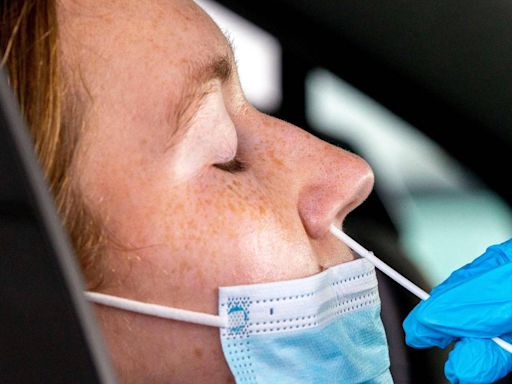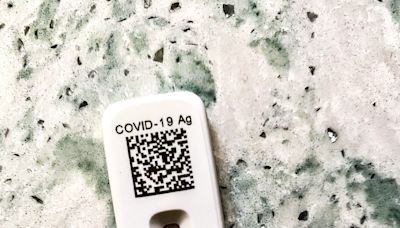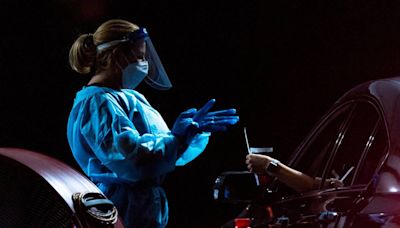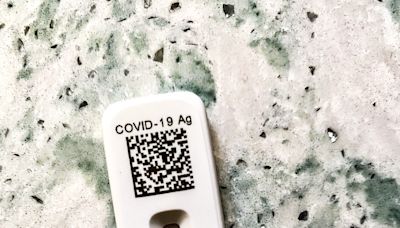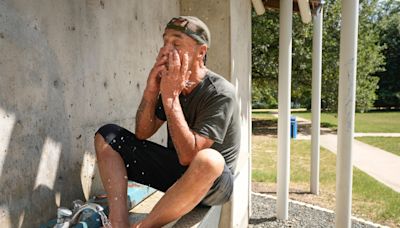Search results
The new guidance brings a unified approach to addressing risks from a range of common respiratory viral illnesses, such as COVID-19, flu, and RSV, which can cause significant health impacts and strain on hospitals and health care workers.
Mar 15, 2024 · Find links to guidance and information on all topics related to COVID-19, including the COVID-19 vaccine, symptom self-check, data, and other topics.
Mar 1, 2024 · The CDC’s new guidance for Covid now more closely matches public health advice for flu and other respiratory illnesses and no longer suggests isolating for five days.
May 11, 2023 · Healthcare professionals should see Ending Isolation and Precautions for People with COVID-19. This CDC guidance is meant to supplement—not replace—any federal, state, local, territorial, or tribal health and safety laws, rules, and regulations.
Apr 4, 2024 · Read how to protect yourself from coronavirus and slow the spread, including get vaccinated, wear a mask, and avoid crowds and poorly ventilated spaces.
May 14, 2024 · CDC recommends the 2023–2024 updated COVID-19 vaccines—Pfizer-BioNTech, Moderna, or Novavax—to protect against serious illness from COVID-19.
May 2, 2024 · Learn about testing for COVID-19, including the types of tests, who should get tested, how to get tested, and print resources in English and Spanish.
Start counting from Day 1. Day 0 is the day of your last exposure to someone with COVID-19. Day 1 is the first full day after your last exposure. CONTINUE PRECAUTIONS. 10 Full Days. You can still develop COVID-19 up to 10 days after you have been exposed. Take Precautions.
Aug 11, 2022 · Today, CDC is streamlining its COVID-19 guidance to help people better understand their risk, how to protect themselves and others, what actions to take if exposed to COVID-19, and what actions to take if they are sick or test positive for the virus.
Mar 18, 2024 · This guidance provides a framework for facilities to implement select infection prevention and control practices (e.g., universal source control) based on their individual circumstances (e.g., levels of respiratory virus transmission in the community).
